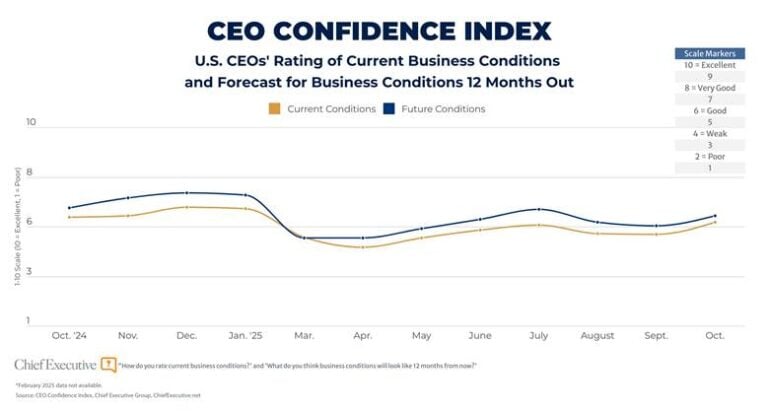


In today’s dynamic business environment, the success of an organization hinges not only on the capabilities of its individual leaders but also on how the leadership team operates as a cohesive unit. Effective leadership team members possess a unique blend of skills, experience, mindset, and commitment that enable them to prioritize what’s best for their organizations over individual functional needs. Below, we explore the characteristics of effective leadership team members, the challenges they often face, and the critical role of CEOs in cultivating teams with the right mindset and capabilities.
Transitioning from a functional manager to a leadership team member requires more than just a change in title; it necessitates a fundamental shift in mindset. When team members join a leadership team, they now have two important jobs. One is to use their skills and experience to optimize the effectiveness of their respective units and the other equally important job is to work as part of senior team to help the CEO shape and drive strategy and manage the intricacies of growing an organization. This shift in perspective demands a willingness of team members to sometimes subordinate functional needs for the greater good of the organization, a trait not always natural to individuals or clearly articulated by CEOs.
Leadership teams that struggle to live by a greater good mindset inevitably run into challenges. The CEO’s effectiveness is minimized as they work to fill gaps created by silos and internal competition. Leadership team members spend unnecessary time lobbying and positioning to progress individual unit needs. Functional unit managers and staff receive mixed signals – goals and approach of the organization versus those of the unit – and often work at cross purposes from other units.
While most members of the leadership team intellectually embrace the principles of teamwork – such as shared goals, mutual respect, accountability, and clarity of roles – and genuinely strive to be good teammates, many fall short of these expectations for various reasons. Initially, CEOs may presume that assembling a group of talented senior managers is adequate for cultivating a robust leadership team, while team members may assume that their existing skills and past experiences suffice for effective teamwork. The relentless pace and pressures inherent in managing an organization often compel leadership team members to prioritize immediate functional gains over the long-term sustainability of the organization. Additionally, entrenched mindsets and a failure to recognize the importance of the natural interdependencies between functions further compound the challenges faced by leadership teams.
To navigate these challenges successfully, effective leadership team members adopt several key characteristics. They possess strong functional expertise while remaining dedicated to the organization’s mission and values. They also demonstrate a willingness and capacity to adopt a greater good mindset, prioritizing organizational needs over individual interests and taking a vested interest in the challenges and priorities of colleagues. Examples abound, such as a Chief Revenue Officer delaying hiring of salespeople to support resources required for a critical software implementation or a CFO proactively stepping in to mentor program managers on how to better manage the financial aspects of their programs.
The repercussions of poorly functioning leadership teams – characterized by siloed thinking, turf wars, unproductive conflict, and missed opportunities – inevitably burden the CEO. Consequently, it becomes imperative for CEOs to cultivate robust teams comprising members who grasp the intricacies of assuming dual roles. A significant aspect of a CEO’s responsibility lies in instilling the appropriate mindset and competencies within team members. Achieving this requires delineating each member’s role beyond their functional duties and encouraging dialogues on cross-functional priorities. Additionally, CEOs must assist team members in discerning developmental trajectories to acquire the skills essential for navigating the complexities of a dynamic organization.
To effectively guide leadership team members toward understanding and fulfilling their leadership team role, CEOs should consider the following principles.
Build Awareness: Ensure that all team members have a clear understanding of their functional responsibilities as well as their roles within the leadership team. This involves engaging the team to discuss the benefits derived from team members who understand and effectively play their greater good roles and the challenges that result when they don’t.
Structure Team Discussions: Organize leadership team discussions in a manner that underscores the significance of the leadership team’s focus on addressing the organization’s top priorities. By structuring discussions around these key areas, team members are reminded of the importance of their collective efforts in driving the organization forward.
Agree to ‘Greater Good’ Behaviors: Foster a culture of collaboration and greater good thinking by establishing agreed-upon behavioral norms. This includes showing up to meetings fully engaged (videos on, phones away, laptops down), actively listening to colleagues even on topics outside their direct purview, engaging with a vested interest in your colleague’s work, remaining receptive to feedback, contributing to discussions constructively, challenging ideas when necessary but always with the goal of advancing the team’s objectives (not on being right).
Adjust Expectations and Incentives: Align performance evaluations and incentives with behaviors that support the greater good mindset. Recognize and reward team members who consistently demonstrate collaboration, innovation, and a focus on collective success. By linking performance discussions and incentives to these values, the leadership team reinforces the importance of working together towards shared goals.
Coaching to Evolve: Changing ingrained mindsets learned over many years is not an easy task and requires: (a) recognition by each leader that the shift is necessary, (b) commitment to learning and developing team-first behaviors, and reinforcement through coaching by the CEO and leadership team colleagues. Most importantly, shifts in mindset require openness and non-defensive reactions to feedback.
Effective leadership teams are indispensable assets and can serve as accelerators for their organizations. By prioritizing the greater good of the organization and possessing the necessary mindset and capabilities, leadership team members play a pivotal role in driving organizational success. With committed leadership and a deliberate focus on building teams with the right characteristics, CEOs can position their organizations for sustained growth and resilience in an ever-evolving landscape.




0

1:00 - 5:00 pm
Over 70% of Executives Surveyed Agree: Many Strategic Planning Efforts Lack Systematic Approach Tips for Enhancing Your Strategic Planning Process
Executives expressed frustration with their current strategic planning process. Issues include:
Steve Rutan and Denise Harrison have put together an afternoon workshop that will provide the tools you need to address these concerns. They have worked with hundreds of executives to develop a systematic approach that will enable your team to make better decisions during strategic planning. Steve and Denise will walk you through exercises for prioritizing your lists and steps that will reset and reinvigorate your process. This will be a hands-on workshop that will enable you to think about your business as you use the tools that are being presented. If you are ready for a Strategic Planning tune-up, select this workshop in your registration form. The additional fee of $695 will be added to your total.

2:00 - 5:00 pm
Female leaders face the same issues all leaders do, but they often face additional challenges too. In this peer session, we will facilitate a discussion of best practices and how to overcome common barriers to help women leaders be more effective within and outside their organizations.
Limited space available.

10:30 - 5:00 pm
General’s Retreat at Hermitage Golf Course
Sponsored by UBS
General’s Retreat, built in 1986 with architect Gary Roger Baird, has been voted the “Best Golf Course in Nashville” and is a “must play” when visiting the Nashville, Tennessee area. With the beautiful setting along the Cumberland River, golfers of all capabilities will thoroughly enjoy the golf, scenery and hospitality.
The golf outing fee includes transportation to and from the hotel, greens/cart fees, use of practice facilities, and boxed lunch. The bus will leave the hotel at 10:30 am for a noon shotgun start and return to the hotel after the cocktail reception following the completion of the round.